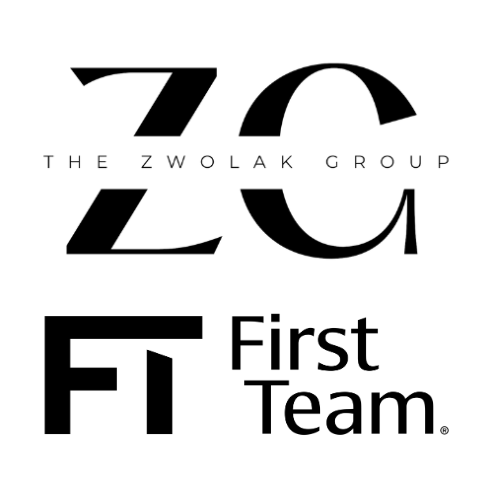As a real estate investor, it’s essential to understand two fundamental metrics: Cap Rate and Gross Rent Multiplier. Both of these metrics are crucial in analyzing and valuing a real estate investment, and they can help you make informed decisions when buying or selling a property.
What is Cap Rate?
Cap Rate, short for Capitalization Rate, is a measure of a property’s profitability. It’s calculated by dividing the property’s net operating income (NOI) by its current market value. The formula for Cap Rate is as follows:
Cap Rate = NOI / Property Value
Net Operating Income is the income generated by the property after subtracting all operating expenses, such as property taxes, insurance, maintenance costs, and management fees. For example, if a property generates an annual income of $100,000 and has operating expenses of $30,000, its NOI would be $70,000.
Cap Rate is expressed as a percentage, and it gives investors an idea of how much income a property can generate compared to its value. The higher the Cap Rate, the more profitable the property is considered to be.
For instance, a property with a $1 million market value and a $70,000 NOI would have a Cap Rate of 7%. Conversely, a property with a $1 million market value and a $50,000 NOI would have a Cap Rate of 5%.
What is Gross Rent Multiplier?
Gross Rent Multiplier (GRM) is another metric that real estate investors use to value a property. It’s calculated by dividing the property’s market value by its gross rental income. The formula for GRM is as follows:
GRM = Property Value / Gross Rental Income
Unlike Cap Rate, GRM does not factor in the operating expenses of a property. Instead, it measures the relationship between the property’s value and its rental income. For instance, if a property generates $120,000 in annual rental income and has a market value of $1.2 million, its GRM would be 10.
GRM is expressed as a multiple, and it gives investors an idea of how many years it would take for the property’s rental income to pay off its value. The lower the GRM, the more valuable the property is considered to be.
For example, a property with a $1.2 million market value and $120,000 in annual rental income would have a GRM of 10. In comparison, a property with a $1 million market value and $120,000 in annual rental income would have a GRM of 8.3.
How to Use Cap Rate and GRM
Cap Rate and GRM are both useful metrics for analyzing and valuing a real estate investment. Investors can use Cap Rate to compare the profitability of different properties in a particular market or asset class. For example, if two properties have similar NOI but different market values, the property with the higher Cap Rate is considered to be more profitable.
GRM is more useful for comparing properties within the same asset class or neighborhood. For instance, if two properties have similar rental income but different market values, the property with the lower GRM is considered to be more valuable.
Both metrics have their limitations, and they should not be used as the sole factor in making an investment decision. Investors should also consider other factors such as location, condition, tenant quality, and potential for appreciation when valuing a property.
Cap Rate and Gross Rent Multiplier are essential metrics for real estate investors to understand. They can help investors analyze and compare different properties and make informed investment decisions. However, investors should also consider other factors when valuing a property and should not rely solely on these metrics.
The information contained, and the opinions expressed, in this article are not intended to be construed as investment advice. First Team Real Estate and The Zwolak Group does not guarantee or warrant the accuracy or completeness of the information or opinions contained herein. Nothing herein should be construed as investment advice. You should always conduct your own research and due diligence and obtain professional advice before making any investment decision. First Team Real Estate, or The Zwolak Group will not be liable for any loss or damage caused by your reliance on the information or opinions contained herein.






2 Comments
Leave your reply.
Nice post. I learn something totally new and challenging on sites I stumbleupon every day. Its always useful to read articles from other authors and use something from their web sites.
Author
Thanks again for the kind words. Glad you are finding our posts helpful.